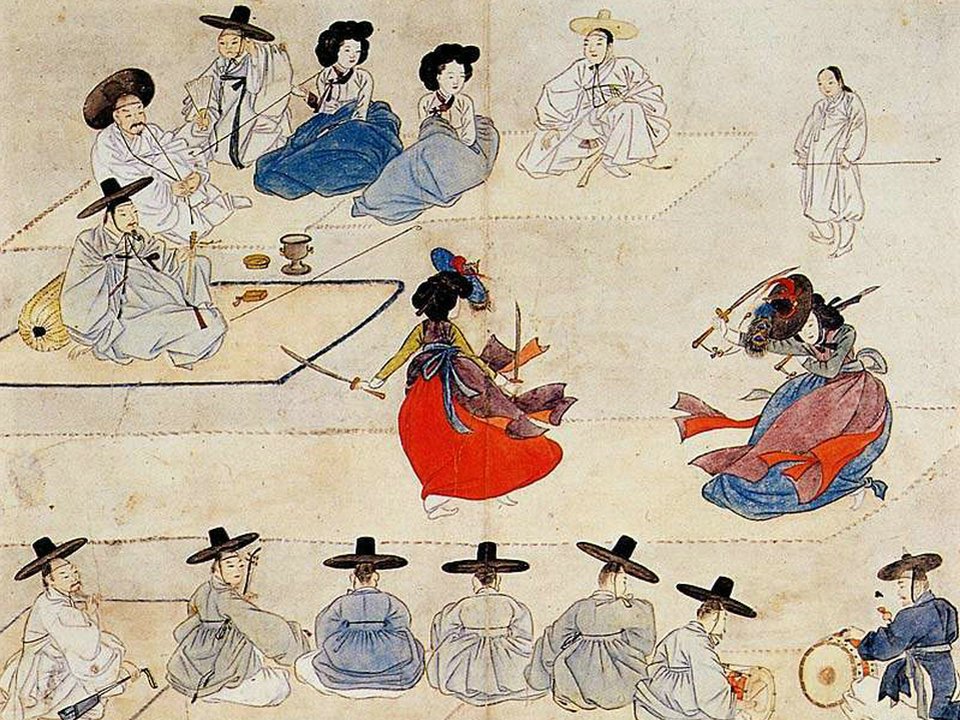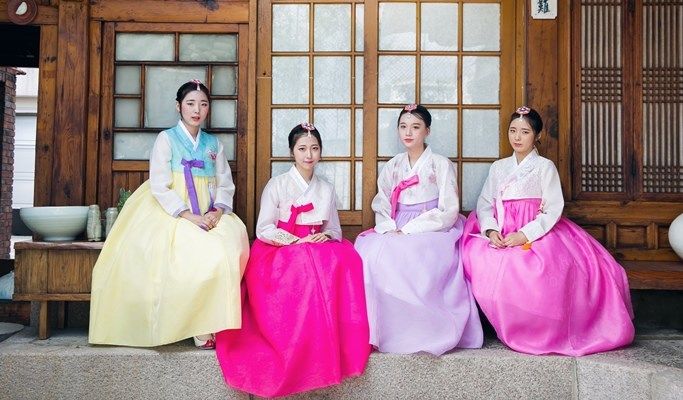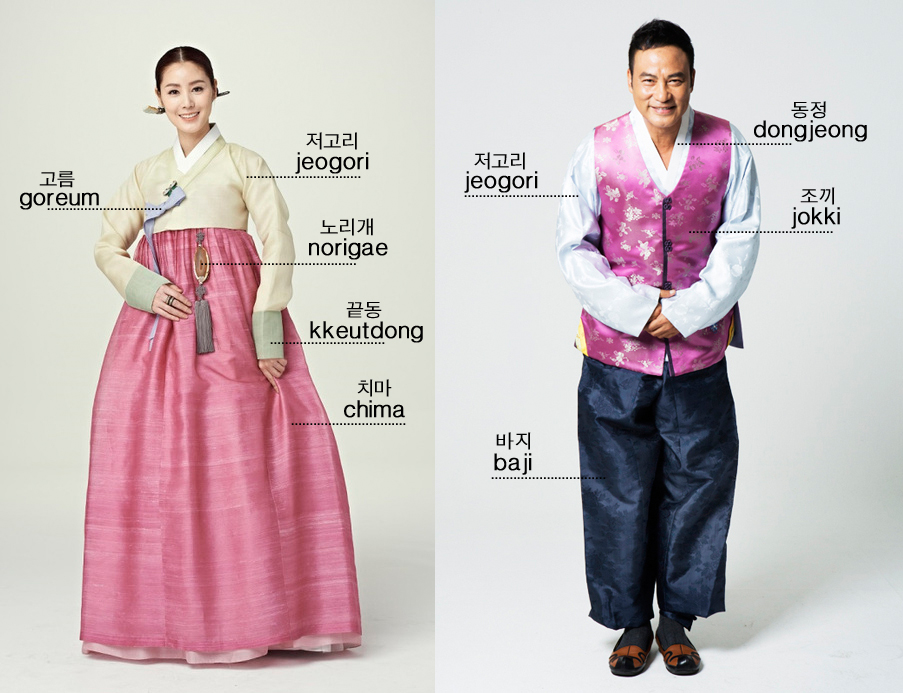“Hanbok” (also called “joseonot”) is a collective term for traditional Korean clothing. Though there have been slight changes in hanbok over time in terms of material, preferred colors, and the length of the skirt or jacket, the hanbok’s basic format has more or less remained the same for the past 1,600 years.

 Hanbok can be classified into ceremonial and everyday dress, each of which can be further classified by gender, age and season. All types of hanbok are created beautifully through combinations of straight and slightly curved lines. Women’s hanbok in particular are recognized worldwide for the simple yet delightful harmony of their short jackets and full skirts.
Hanbok can be classified into ceremonial and everyday dress, each of which can be further classified by gender, age and season. All types of hanbok are created beautifully through combinations of straight and slightly curved lines. Women’s hanbok in particular are recognized worldwide for the simple yet delightful harmony of their short jackets and full skirts.
The jacket, which is put on one arm at a time, makes the upper body look very small, while the skirt worn wrapped around the waist makes the lower body look full, creating an attractive balance. The cut and drape of the clothing complements not only the Korean female physique but also flatters and fits most other body types as well.


The beauty of hanbok is found in the elegant flow of its lines and in its pleasing color palette. Just like the gently sloping eaves of a traditional Korean house, the harmony of the curved baerae (bottom line of the jacket’s sleeves) with the sharp straight lines of the dongjeong (creased white lining of the jacket’s collar) well reveals the subtlety and exquisiteness of traditional Korean aesthetics. The hanbok’s attractiveness even shines through in the lovely lines created by the body’s movement while wearing it—one of the reasons it enjoys such global attention.

For modern Koreans, hanbok is the formal clothing worn during Korean holidays or on special occasions. Children wear hanbok on their first birthday and adults wear it for their wedding ceremony or major events within the family, including funerals.
Although hanbok has become the ritual dress of choice worn only on traditional holidays, Koreans’ love for hanbok is tremendous. The number of people wearing stylish hanbok modified to suit as everyday wear continues to increase, and many enjoy outing in hanbok by renting one from hanbok rental shops.
According to antiquealive.com and english.visitkorea.or.kr














